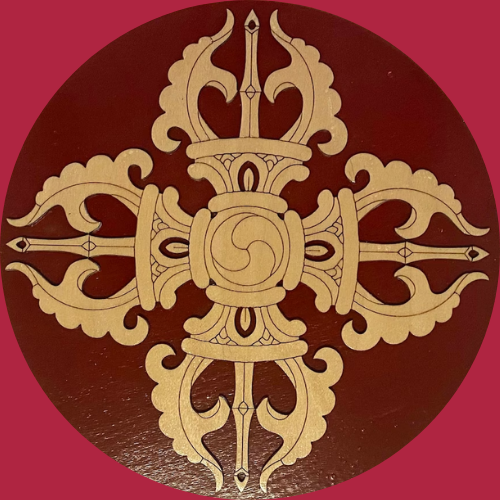Madagascar
Madagascar has a tableaux of landscapes, here dripping rainforests, giant baobab trees like windmills towering in savannah, and crazy outcroppings of limestone pinnacles like a million wonky Gothic church spires enhances the aura. Human race have existed inside these captivating emerald highlands, a thousand shades of green dazzle in terraced rice fields, framed in dykes of red earth, water-filled nursery of paddies over a cerulean blue sky & towering granite mountains, daubed with pastel images of rows of multicoloured Hauts Plateaux houses are there.
On the east coast, you’ll find golden beaches framed among many huge boulders & palm trees, lapped in warm Indian Ocean. On the west to south, rolling plains of dry savannah and range lands intersperse with dense alien spiny forest carved with broad meandering rivers.
Here are some spots to explore within Madagascar
Antananarivo
The capital Antananarivo has necklace of emerald rice paddies, infinite trails around lakes, there are jagged hills, canals, huddle of pastel-coloured houses in traditional manner using fired-clay bricks, which blush radiantly pink in afternoon sun, packed together between glimmering rice fields.
Ambalavao
Vehicles coming from the north plunge down in roads to Ambalavao, the valley spread out beyond the peaks of Massif d’Iandrambaky. It makes a base from where stock is filled, if you head into Parc National d’Andringitra. A workshop of crafts & Betsileo houses with their ornate verandas known as lavarangana offers photogenic sites.
Andasibe-Mantadia National Park
The national park, Andasibe-Mantadia is located in eastern rainforest. It has 12 species of lemurs, especially wailing indri. The chorus of indris reverberating in the misty early-morning forest creates unforgettable sound. Two hundred species of orchids bloom inside Andasibe-Mantadia. Forests have around 110 species of birds, more than seventy species of reptiles and at least a hundred species of frogs.
Toliara
Sheltered on mud or sand flats behind straggling stands of mangroves, the port of Tuléar is a former slave port – a fact reflected in rebellious stance often taken by townspeople. As you wander around, look out the town’s zebu carts, painted in bright, symbolic imagery derived from culture – typically from the film stars or music. An attraction in Toliara is Arboretum d’Antsokay, a 25-acre patch of spiny forest heavily planted with the flora from a lifetime’s botanical collection by a Swiss founder, named Hermann Petignat.
Central
The highlands of central Madagascar stretch from north of Antananarivo till south of the island. Wildly granite mountain ranges, lava ridges and outcrops have Deep valleys filled with terraced fields. Traditionally built towns, from Antsirabe to the historical city of Fianarantsoa. Beyond urban centres lies the Réserve Villageoise Anja, where you can hike in the territories of ring-tailed lemurs, and rugged Parc National de Ranomafana, that conceals the rare golden bamboo lemur.
Western
Way for the vast region of western Madagascar has many unexpected areas for those who wander around West Madagascar. The region may not be blessed with interesting towns & picturesque beaches, but a weird and wonderful nature spectacles create a great region. Hikers generally strike out among the giants at Morondava’s Allée des Baobabs, here 300+ baobabs loom above scattered inside bush and farmland, reaching heights of around 20 metres. After dark, seek out the exhilarating nocturnal animal life at Kirindy Private Reserve, whose rich wildlife includes fossas.
Without a doubt, the regions’ crowning glory is Tsingy de Bemaraha, an extraordinary expanse of limestone pinnacles, which are cut through by winding rivers.
Nosy Be
At the west coast of Madagascar, a fabled island of Nosy Be with alluring islands scattered around the warm waters of the Mozambique Channel has endemic species. Madagascar is swathed in deciduous dry forest, interspersed in rainforest of highland & lowland – a biome known as the Sambirano, an ecosystem. The southeast corner of Nosy Be is shrouded in a cloak of rainforest sheltering rare species. The majority of those visiting Madagascar make a beeline here, lured for the warm weather, sea water, charter flights from France & Italy, diving deep, snorkelling pursuits, surfing are big in Diego.
The Southern Madagascar
Most compelling attractions from the sandstone plateau of Parc National d’Isalo to Parc National d’Andringitra is at south. You’ll discover spiny forests and glorious beaches, surfing or diving in the dry southwest. A seductive landscape & scalloped bays wrapping round the port of Fort Dauphin at far southeast catches wanderers. This is a region in Madagascar that is less enhanced and lawless which is generally manifested at cattle rustling and highway banditry – than the rest of the country.
Northeastern
Rainforests of northeastern Madagascar are the most biodiverse areas on the planet. These hilly region has lianas and flora, which shelter extraordinarily rich wildlife, from minuscule chameleons to weighty indri lemurs. While the natural vegetation of Northeast has dense forest, the majority of trees had been cut, sugar-cane fields and plantations of vanilla and fruit trees account for much of the region. The remaining forests are major strongholds of Madagascar natural heritage, now flagged under UNESCO as “Rainforests of the Atsinanana” in Danger.
Morondava
Far at the west coast, the Morondava has some compelling assets that draw explorers from across the globe. Foremost among these is the iconic Allée des Baobabs, Avenue of the Baobabs. As you arrive by plane, you’ll see the big baobabs as you descend, looking like turbines on the flat plain among fields of sugar, cotton and rice. In Kirindy Private Reserve, it remains the only place you can travel in Madagascar with a near-guarantee of seeing a fossa – a ferocious puma-sized creature that looks like a cross between a cat and a mongoose.
